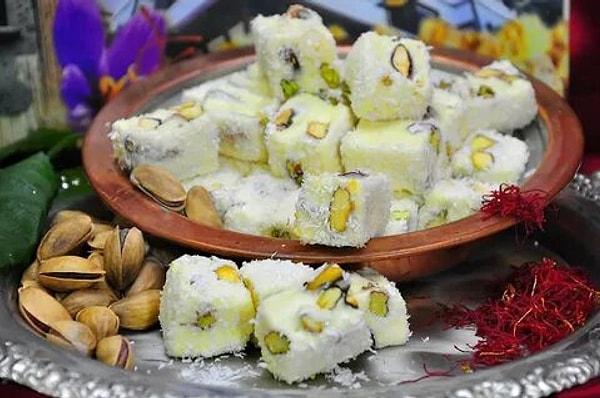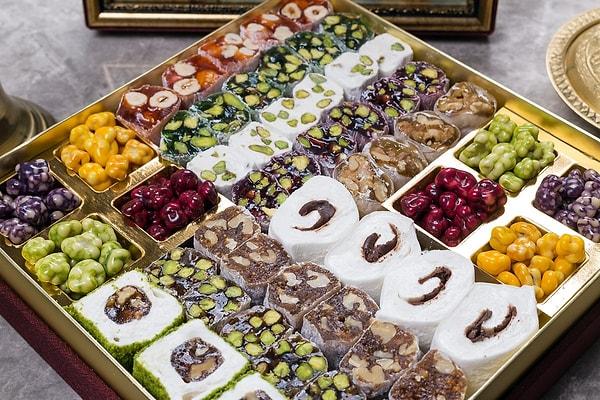Turkish Delight: A Culinary Adventure into Delightful Flavors and Timeless Tradition
Turkish cuisine is renowned for its rich flavors and diverse culinary traditions, and one of its most beloved delicacies is lokum, also known as Turkish delight. This delectable treat has a history spanning several centuries and continues to captivate both locals and visitors with its enticing flavors and unique texture. In this article, we will delve into the fascinating world of Turkish delight, exploring its origins, ingredients, preparation, and the enduring allure it holds for food enthusiasts around the globe.
The Origins of Lokum (Turkish Delight)

Turkish delight traces its roots back to the 15th century when it was created in the imperial kitchens of the Ottoman Empire. Initially, it was exclusively enjoyed by the royal court, but its popularity soon spread throughout the empire and beyond. The confection's name, 'lokum,' derives from the Arabic word 'rahat-ul hulkum,' which translates to 'throat comfort.'
Ingredients and Varieties

Traditional Turkish delight consists of a gel-like confection made by combining sugar, water, and cornstarch. Its unique texture is achieved by adding a variety of ingredients such as pistachios, hazelnuts, walnuts, almonds, or dried fruits. These additional components provide a delightful crunch and complement the softness of the lokum itself. In recent years, innovative flavors such as rose, lemon, mint, pomegranate, and even chocolate-covered variations have gained popularity.
The Art of Turkish Delight Making

Crafting Turkish delight is a meticulous process that requires skill and precision. The confection begins by creating a thick syrup made from sugar and water, which is then mixed with cornstarch to form a base. The mixture is cooked over low heat, continually stirred until it thickens. Afterward, the desired flavors and fillings are incorporated, and the Turkish delight is spread out on a powdered sugar-dusted surface and left to set. Finally, it is cut into small cubes or other shapes before being coated with additional powdered sugar to prevent sticking.
Turkish Delight's Global Popularity
Culinary and Cultural Significance

Turkish delight holds a special place in Turkish culture, often symbolizing generosity, friendship, and celebration. It is an essential part of various occasions, including weddings, religious festivals, and family gatherings. Offering a plate of Turkish delight to guests is a gesture of warmth and hospitality, reflecting the traditions deeply ingrained in Turkish society.
Homemade Turkish Delight : A Sweet Adventure
A Sweet Journey into the Heart of Turkish Delight

Turkish delight, with its enchanting flavors, inviting textures, and rich cultural significance, holds a cherished place in the hearts of people worldwide. Whether enjoyed in its traditional form, explored in creative culinary endeavors, or crafted at home, Turkish delight continues to captivate and satisfy the sweet cravings of individuals seeking a taste of Turkey's culinary heritage. So, indulge your senses and embark on a delicious journey with Turkish delight—the exquisite delight that leaves a lasting impression.
Keşfet ile ziyaret ettiğin tüm kategorileri tek akışta gör!

Send Comment